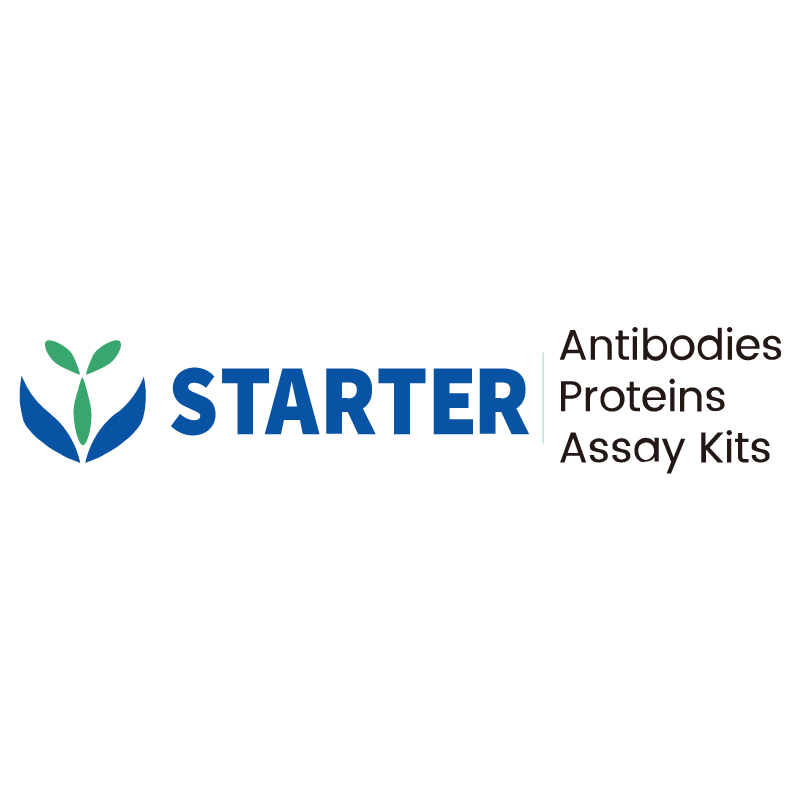Immobilized Human IL-21R, hFc tag (Cat. No. S0A1116) at 10 μg/mL (50 μL/well) can bind Human IL-21, His tag with EC50 of 4.878-5.470 ng/ml.
Product Details
Product Details
Product Specification
| Species | Human |
| Synonyms | Interleukin-21, Za11, IL21 |
| Accession | Q9HBE4 |
| Amino Acid Sequence | Protein sequence (Q9HBE4, Gln32-Ser162, with C-His tag) QDRHMIRMRQLIDIVDQLKNYVNDLVPEFLPAPEDVETNCEWSAFSCFQKAQLKSANTGNNERIINVSIKKLKRKPPSTNAGRRQKHRLTCPSCDSYEKKPPKEFLERFKSLLQKMIHQHLSSRTHGSEDS |
| Expression System | HEK293 |
| Molecular Weight | Predicted MW: 17.0 kDa Observed MW: 18 kDa |
| Purity | >95% by SDS-PAGE |
| Endotoxin | <0.1EU/μg |
| Tag | with C-His tag |
| Physical Appearance | Lyophilized Powder |
| Storage Buffer | Lyophilized from a 0.2 μm filtered solution of 0.2M PBS, pH7.4. |
| Reconstitution | Reconstitute no more than 1 mg/mL according to the size in deionized water after rapid centrifugation. |
| Stability & Storage | 12 months from date of receipt, -20 to -70 °C as supplied. |
Background
Interleukin-21 is a cytokine that has potent regulatory effects on cells of the immune system, including natural killer (NK) cells and cytotoxic T cells that can destroy virally infected or cancerous cells. This cytokine induces cell division/proliferation in its target cells. IL-21 is expressed in activated human CD4+ T cells but not in most other tissues. In addition, IL-21 expression is up-regulated in Th2 and Th17 subsets of T helper cells, as well as T follicular cells. Interleukin-21 is also produced by Hodgkin's lymphoma (HL) cancer cells. Targeting IL-21 may be a potential treatment or possibly a test for HL. When bound to IL-21, the IL-21 receptor acts through the Jak/STAT pathway, utilizing Jak1 and Jak3 and a STAT3 homodimer to activate its target genes. A study using mice with peanut allergies showed that systemic treatment of IL-21 was an effective means of mitigating the allergic response. IL-21 is also noted to have anti-tumour effects through continued and increased CD8+ cell response to achieve enduring tumor immunity. IL-21 may be a critical factor in the control of persistent viral infections. This cytokine could potentially be useful for anti-HIV therapeutics.
Picture
Picture
Bioactivity
SDS-PAGE
2 μg(R: reducing conditions)


